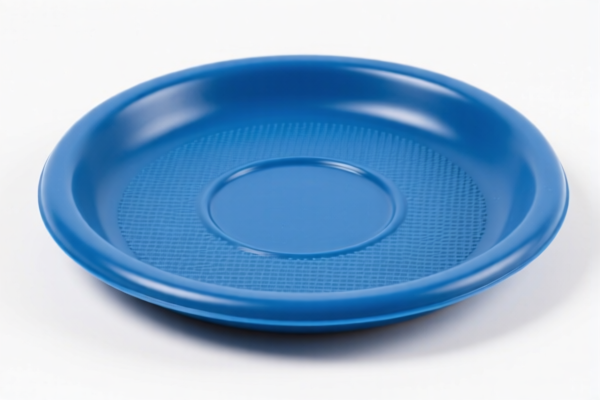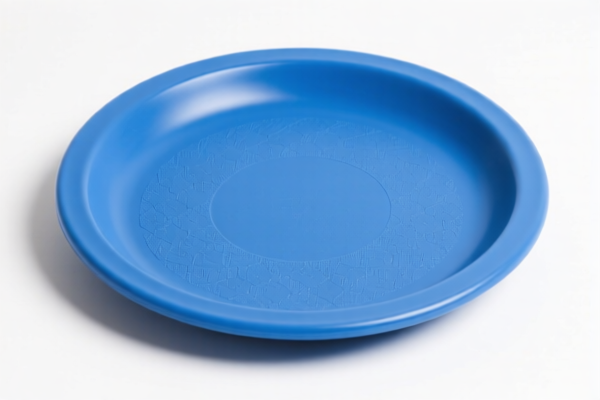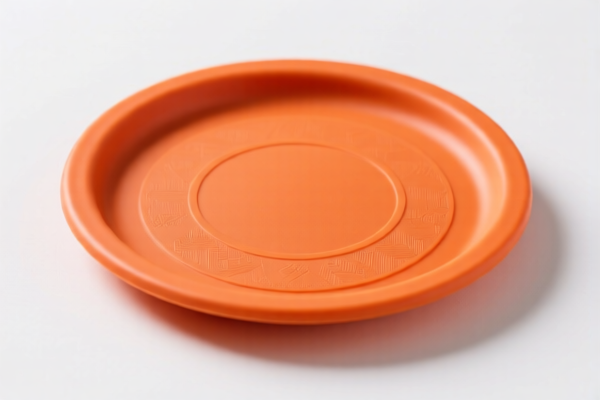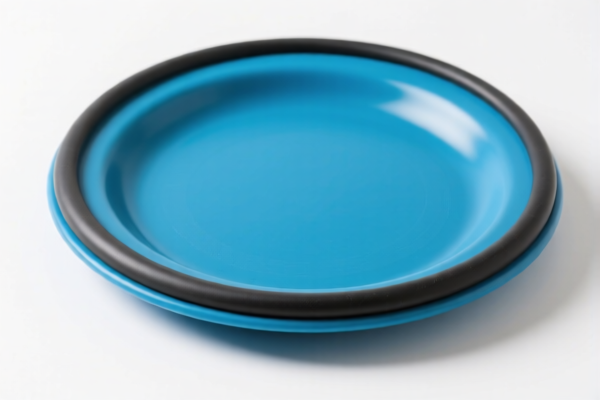| HS Code | Official Doc | Tariff Rate | Origin | Destination | Effective Date |
|---|---|---|---|---|---|
| 4008111000 | Doc | 55.0% | CN | US | 2025-05-12 |
| 4008210000 | Doc | 55.0% | CN | US | 2025-05-12 |
| 4001100000 | Doc | 30.0% | CN | US | 2025-05-12 |
| 4001290000 | Doc | 55.0% | CN | US | 2025-05-12 |
| 3913901000 | Doc | 55.0% | CN | US | 2025-05-12 |
| 3913905000 | Doc | 61.5% | CN | US | 2025-05-12 |
| 3926909989 | Doc | 42.8% | CN | US | 2025-05-12 |




Rubber Plate
A rubber plate is a flat, often rectangular, piece of vulcanized rubber, used in a wide variety of applications due to its elastic, insulating, and damping properties.
Material:
The primary material is rubber, most commonly:
- Natural Rubber (NR): Derived from the latex of rubber trees, offering high tensile strength, resilience, and excellent abrasion resistance.
- Styrene-Butadiene Rubber (SBR): A synthetic rubber frequently used as a cost-effective alternative to natural rubber. Provides good abrasion resistance and aging properties.
- Nitrile Rubber (NBR): Resistant to oil, fuels, and chemicals, making it suitable for sealing and gasket applications.
- Ethylene Propylene Diene Monomer (EPDM): Excellent resistance to weathering, ozone, and heat, often used in outdoor applications.
- Silicone Rubber: High temperature resistance, flexibility, and biocompatibility.
- Neoprene (Polychloroprene): Good resistance to oil, chemicals, and weathering.
Vulcanization, a chemical process involving sulfur, is critical to the rubber plate's properties, enhancing its strength, elasticity, and durability. Reinforcing fillers like carbon black, silica, or fabric may be added to modify specific characteristics.
Purpose & Function:
Rubber plates serve multiple purposes, generally leveraging their:
- Vibration Isolation: Absorbing shock and reducing noise transmission.
- Shock Absorption: Cushioning impacts and protecting underlying surfaces.
- Sealing: Creating airtight or watertight barriers.
- Protection: Providing a resilient layer against abrasion, corrosion, and damage.
- Electrical Insulation: Preventing the flow of electricity.
- Friction Enhancement/Reduction: Depending on the surface finish and rubber type, plates can provide grip or reduce friction.
Usage Scenarios:
- Construction: Bridge bearing pads, machinery feet, vibration dampening in buildings.
- Automotive: Engine mounts, suspension bushings, floor mats, seals.
- Industrial: Conveyor belts, gaskets, linings for tanks and pipes, protective pads for machinery.
- Fitness: Weightlifting plates (often coated with rubber for floor protection and noise reduction).
- Electrical: Insulating mats, switchboard pads.
- Marine: Fendering for boats and docks, vibration isolation for engines and equipment.
- DIY/Home Use: Anti-slip mats, protective pads for furniture, craft projects.
Common Types:
- Solid Rubber Plates: A single layer of rubber, offering general-purpose protection and damping.
- Textured Rubber Plates: Provide increased grip and anti-slip properties. Common textures include diamond, ribbed, and coin patterns.
- Cork-Backed Rubber Plates: Combine the damping properties of rubber with the added insulation and cushioning of cork. Often used in flooring applications.
- Magnetic Rubber Plates: Incorporate magnets for secure attachment to metal surfaces.
- Custom-Shaped/Sized Plates: Cut to specific dimensions or with holes/notches for specialized applications.
- Interlocking Rubber Plates: Designed to connect together, forming larger surfaces (e.g., gym flooring).
Rubber plates can be categorized based on their composition and form. The following HS codes are relevant based on the provided information:
- 4008111000: This HS code covers plates, sheets, and strip of vulcanized rubber other than hard rubber, specifically those made of cellular rubber and from natural rubber. Chapter 40 relates to rubber and articles thereof. Heading 4008 specifies plates, sheets, strip, rods and profile shapes of vulcanized rubber other than hard rubber. The subheading 400811 specifies of cellular rubber, and 40081110 further defines those made of natural rubber.
- 4008210000: This HS code covers plates, sheets, and strip of vulcanized rubber other than hard rubber, specifically those made of noncellular rubber. Chapter 40 relates to rubber and articles thereof. Heading 4008 specifies plates, sheets, strip, rods and profile shapes of vulcanized rubber other than hard rubber. The subheading 400821 specifies of noncellular rubber.
- 3926909989: This HS code covers other articles of plastics and articles of other materials of headings 3901 to 3914, specifically 'other'. Chapter 39 covers plastics and articles thereof. Heading 3926 covers other articles of plastics and articles of other materials. The subheading 3926909989 specifies other. This code may be applicable if the rubber plate is considered a plastic article or made from materials within headings 3901 to 3914.
Regarding HS code 4008111000 and 4008210000, the total tax rate is 55.0%, comprised of a 0.0% basic tariff and a 25.0% additional tariff, increasing to 30% after April 2, 2025.
Customer Reviews
No reviews yet.